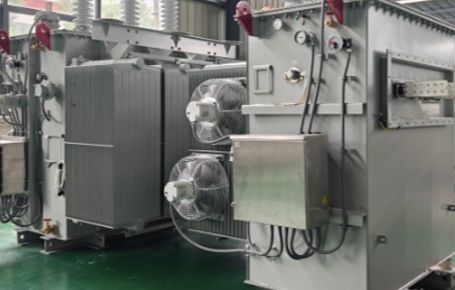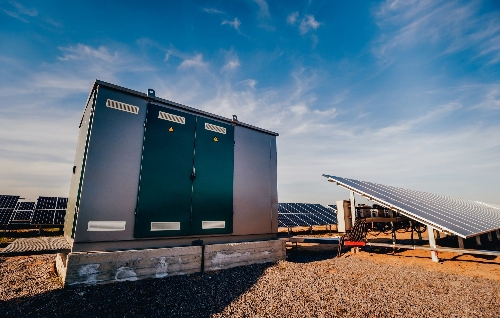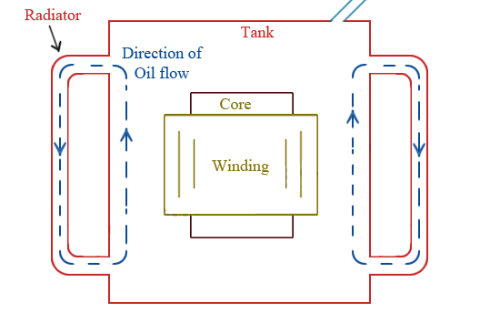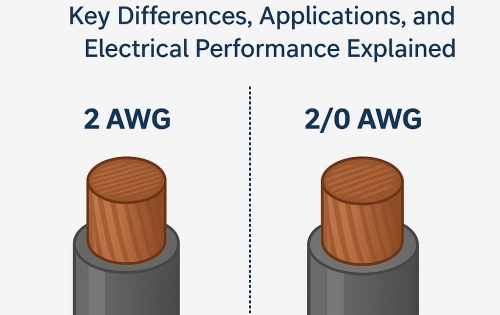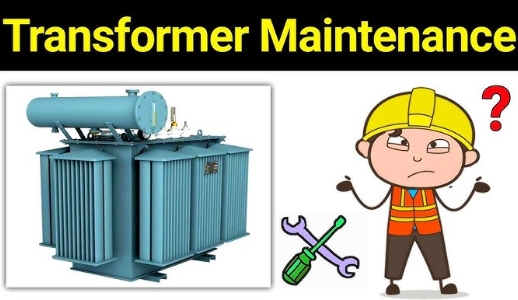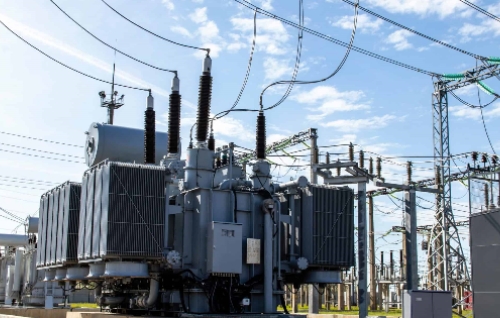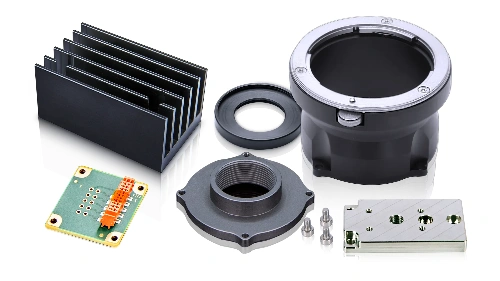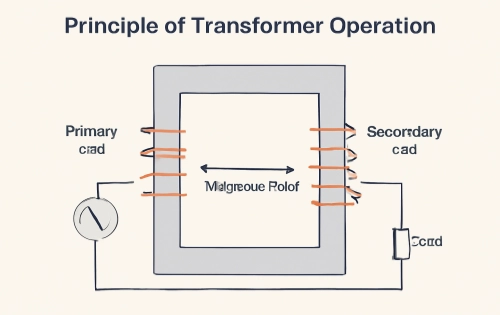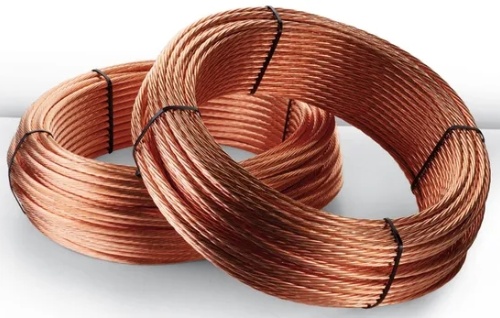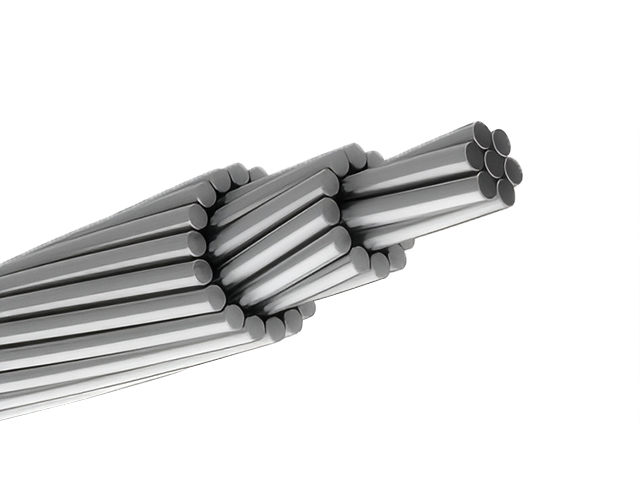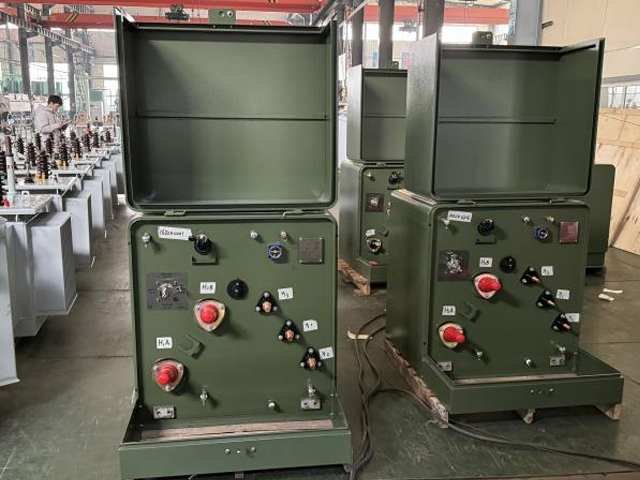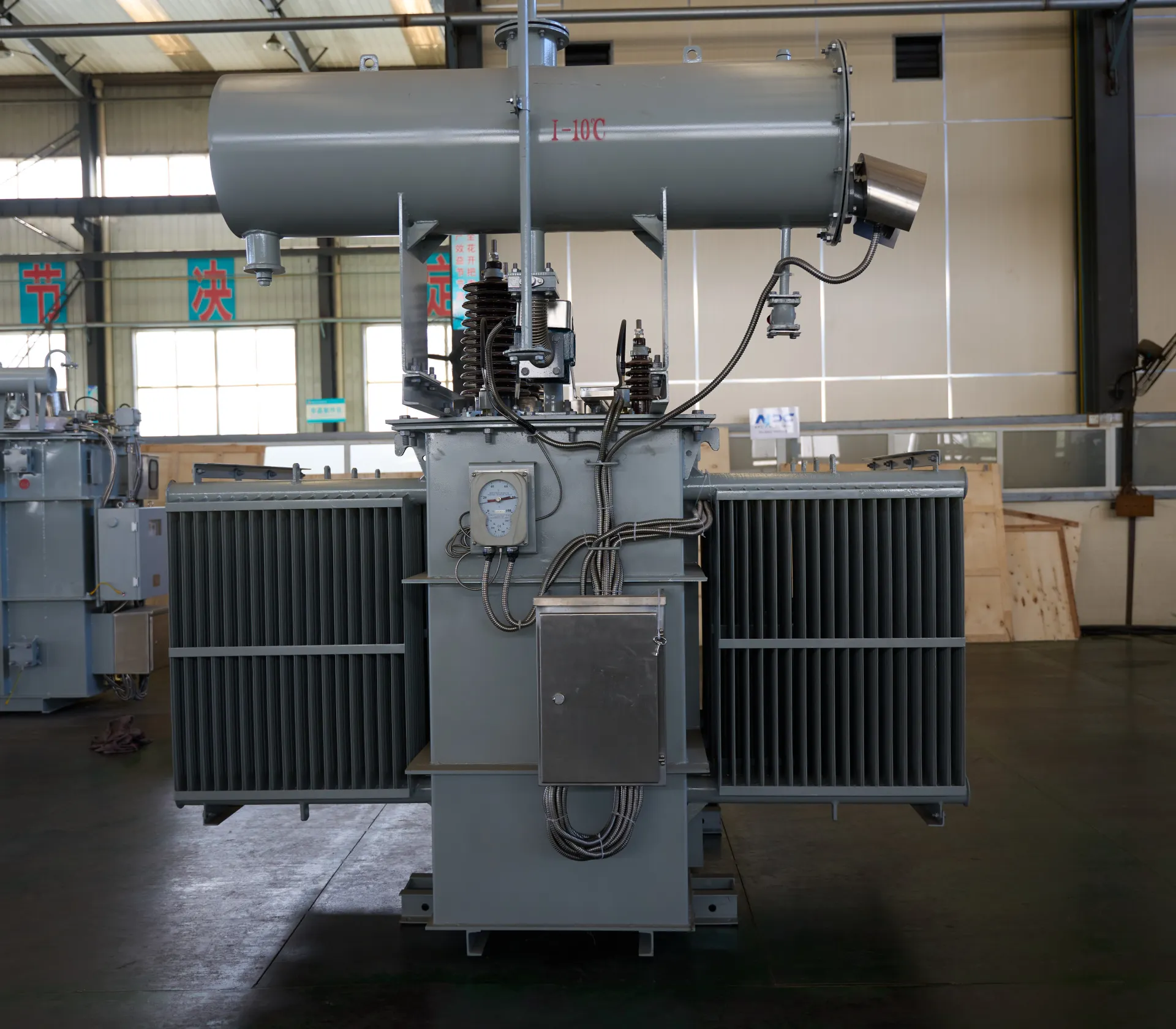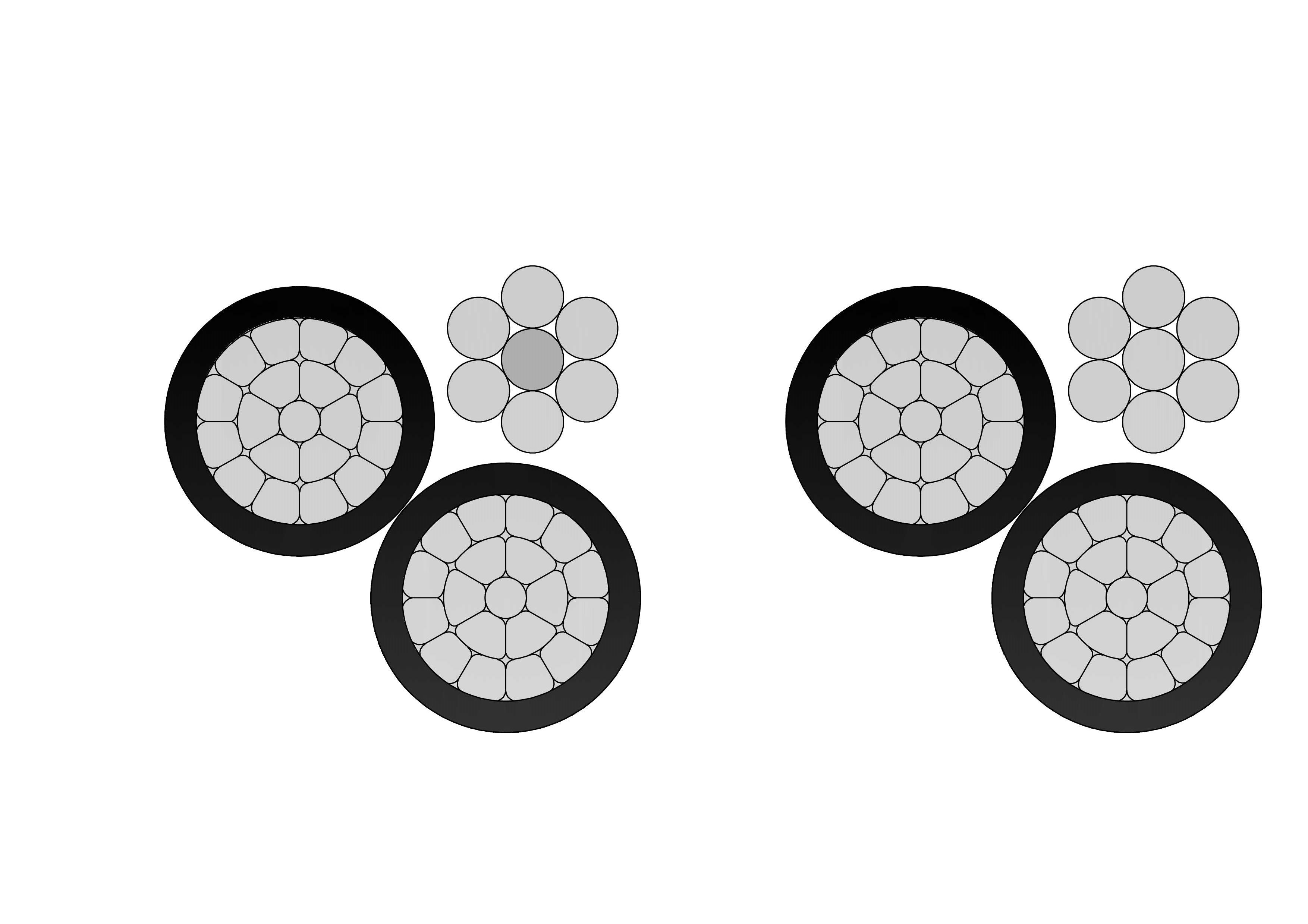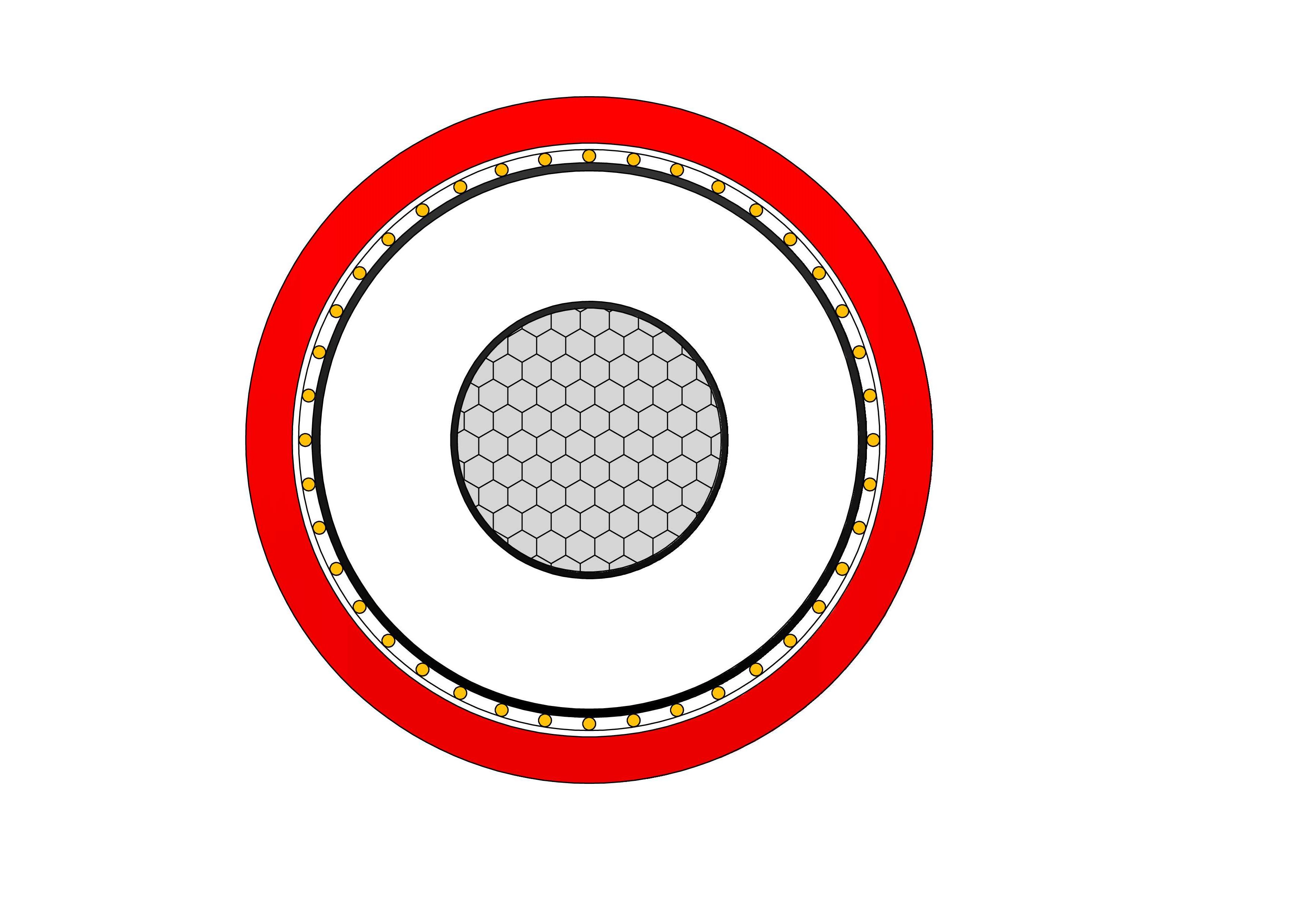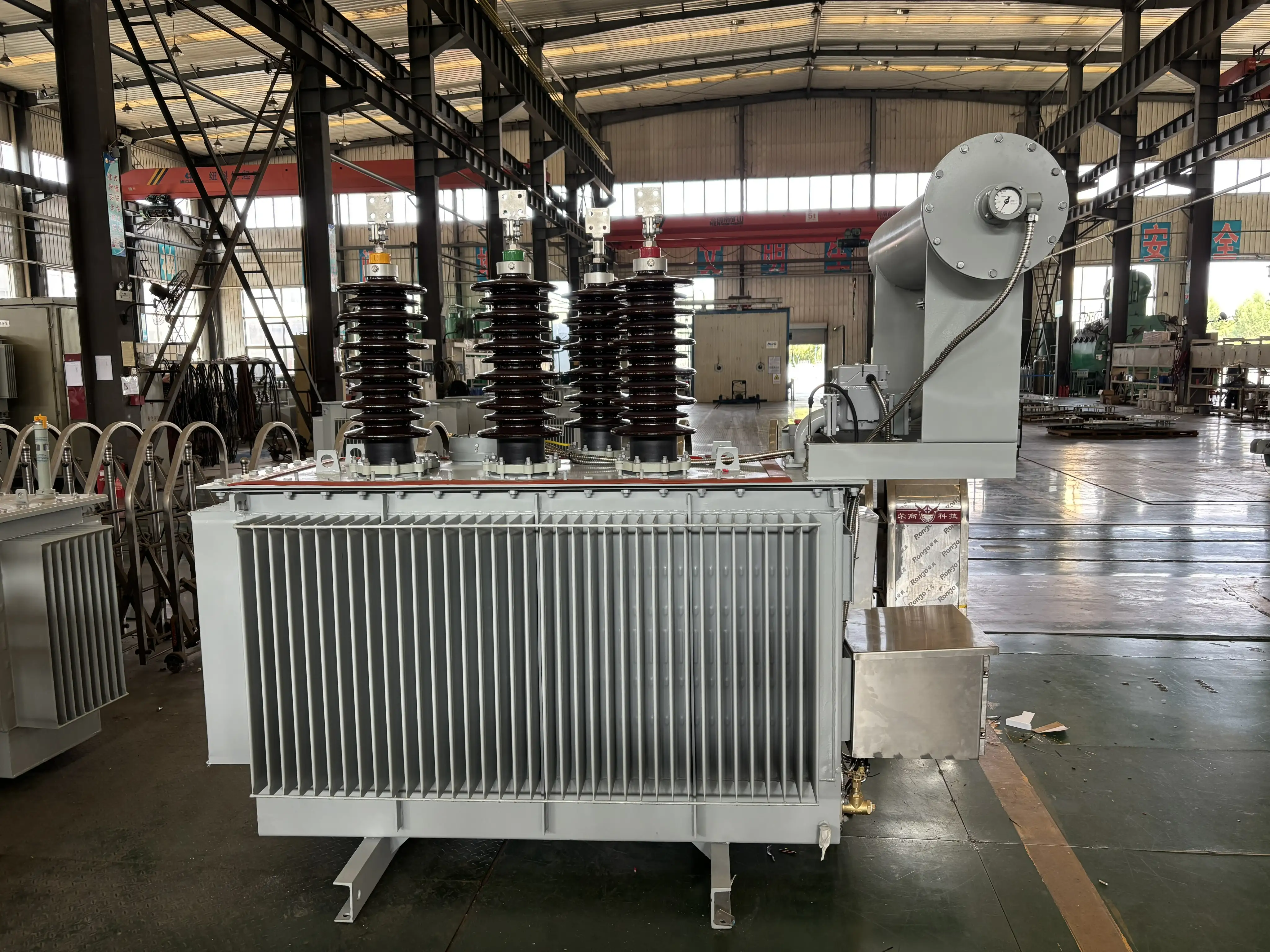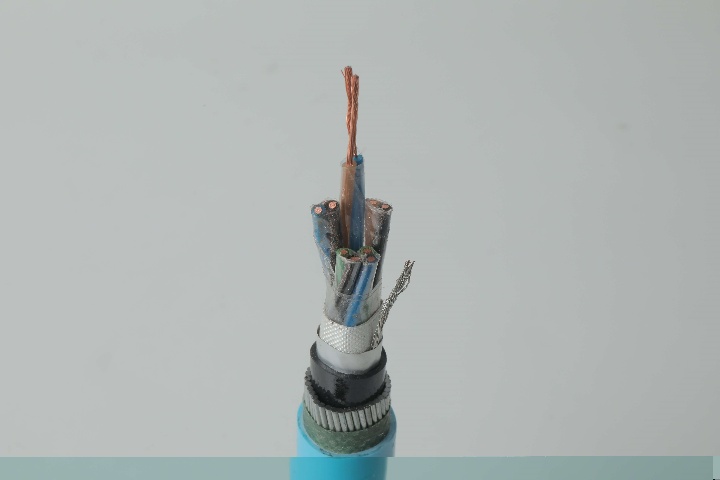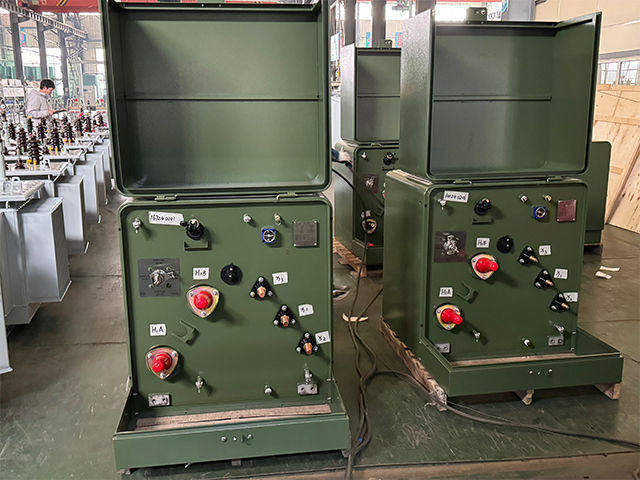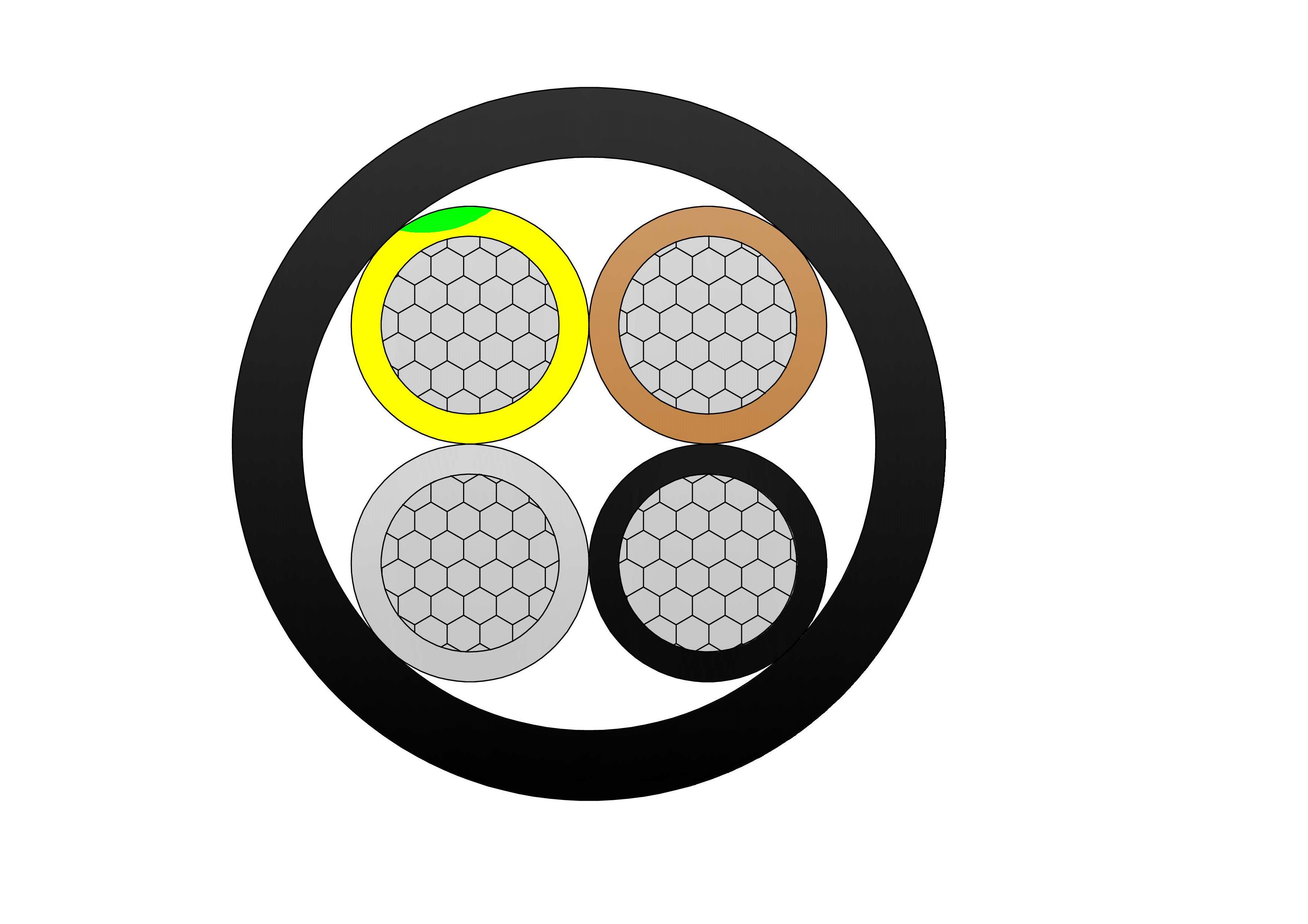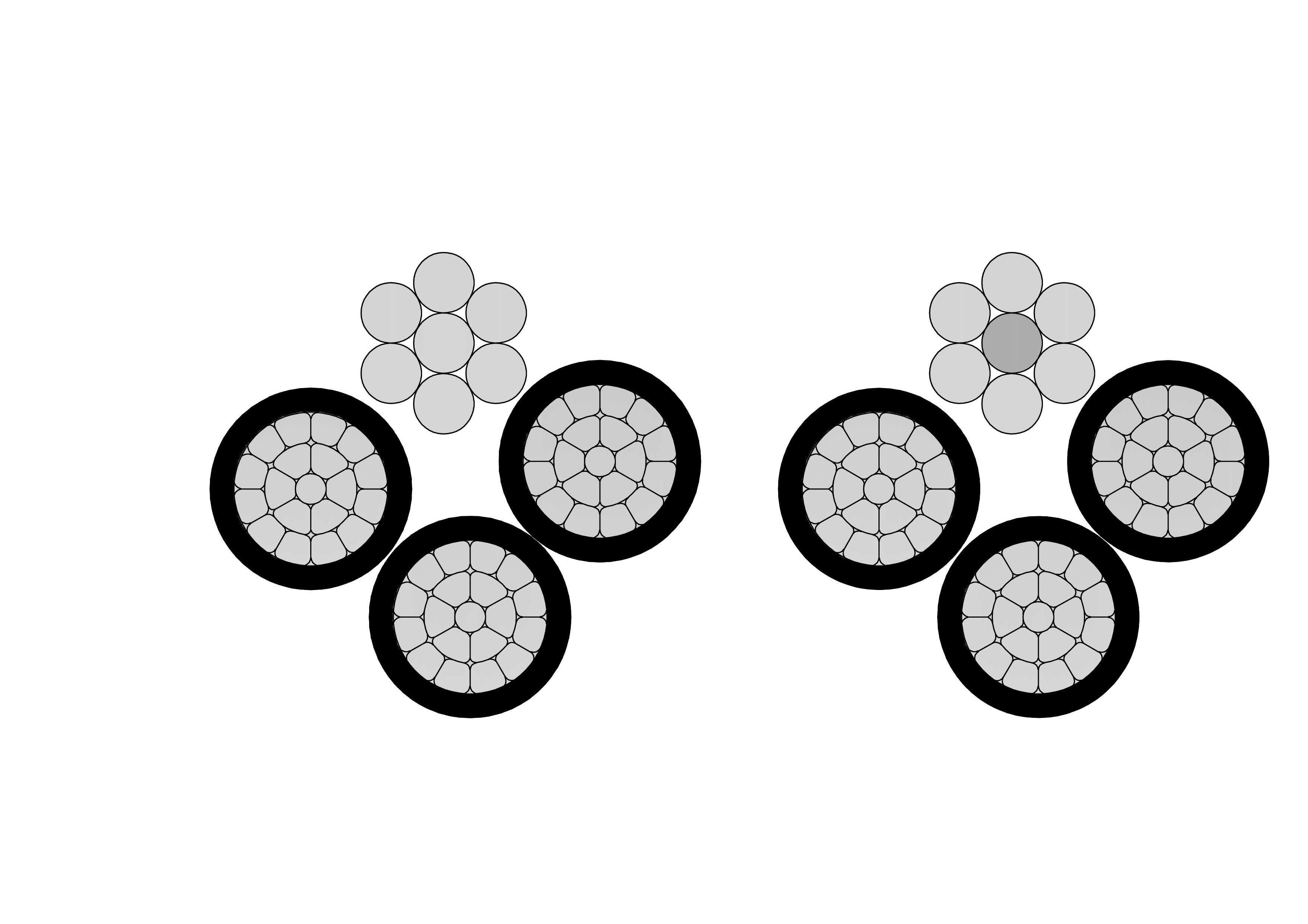Features of Double-Split Transformers
A Double-Split Transformer is a specialized transformer design in which the winding and core are symmetrically split into two sections, typically up and down, while remaining magnetically and electrically coordinated. This configuration is increasingly used in large-capacity or modular power systems, especially in solar power stations, wind farms, and containerized substations, where enhanced performance, transportability, and redundancy are key requirements.
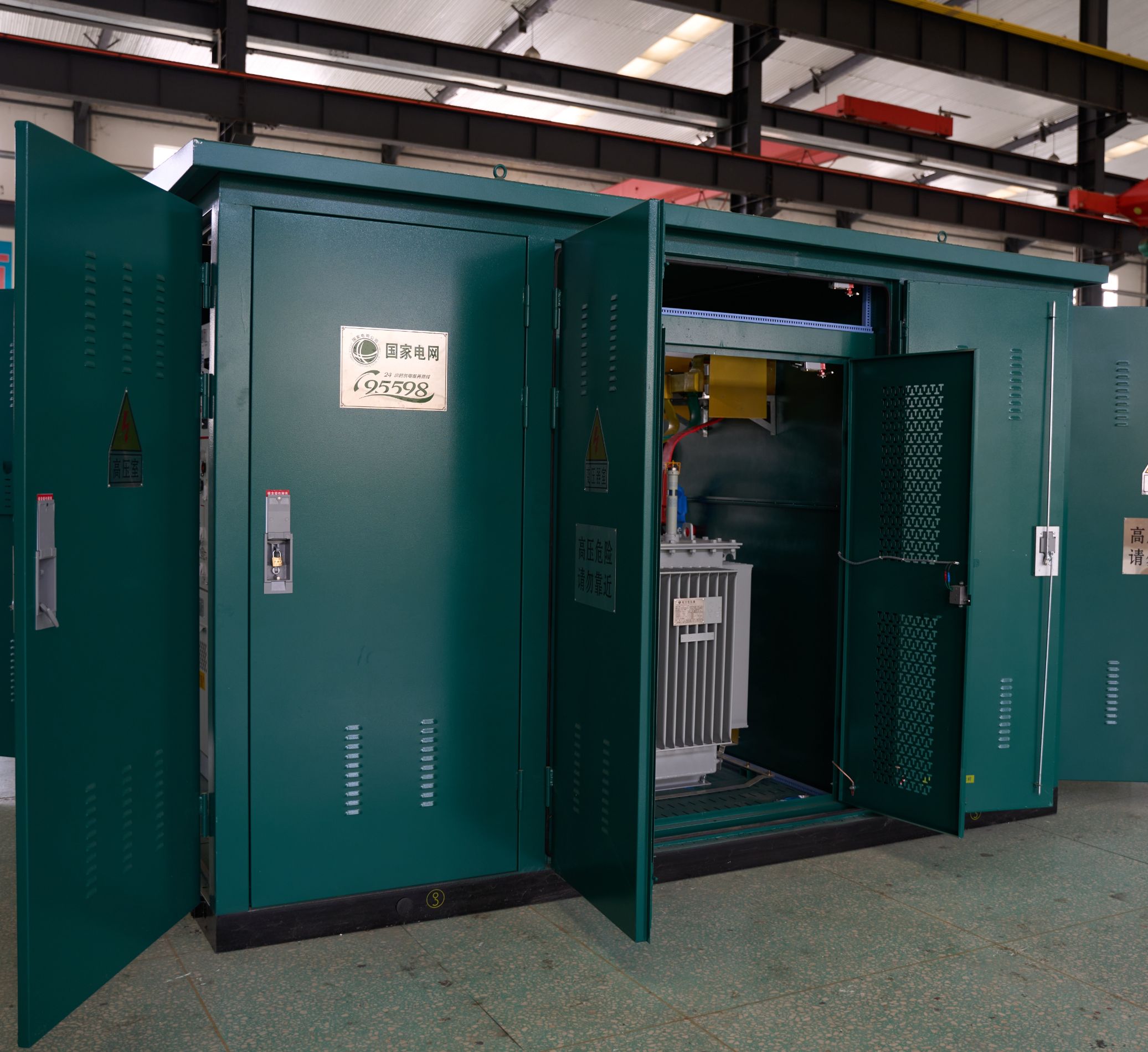
1. Improved Thermal Distribution
By dividing the winding and core into two symmetrical halves, heat generation is more evenly distributed. This design reduces local hot spots and improves cooling efficiency, which is crucial for long-term reliable operation under high ambient temperatures, commonly found in PV installations.2. Enhanced Parallel Operation
Each half of the transformer can be energized and operated independently or jointly. This enables flexible load sharing and allows the transformer to continue working even if one section is offline, improving system redundancy and availability.3. Easy Transportation and Installation
The double-split structure significantly reduces the individual component weight and volume, making it easier to transport to remote or mountainous locations. On-site installation and assembly are more manageable, especially for prefabricated or skid-mounted transformer stations.4. Space-Saving and Modular
This design supports compact layout in electrical rooms or enclosures, as each side can be installed in parallel or L-shaped arrangements. It is ideal for modular substations where every inch of space matters.5. Lower Electromagnetic Interference (EMI)
By controlling magnetic flux symmetry and current distribution between the two parts, electromagnetic noise can be reduced, helping meet EMC requirements in sensitive applications.6. Maintenance Flexibility
In some configurations, one side of the transformer can be taken offline for inspection or partial maintenance without completely interrupting power delivery, especially beneficial in critical systems like data centers or renewable energy hubs.

In conclusion, the Double-Split Transformer is a future-ready solution for modern power systems demanding flexibility, redundancy, and efficiency. Its thermal advantages, modular construction, and enhanced serviceability make it particularly valuable in solar farms, wind energy systems, and containerized grid stations. As renewable energy continues to grow, transformer designs like the double-split model are key to improving system reliability and optimizing deployment.

